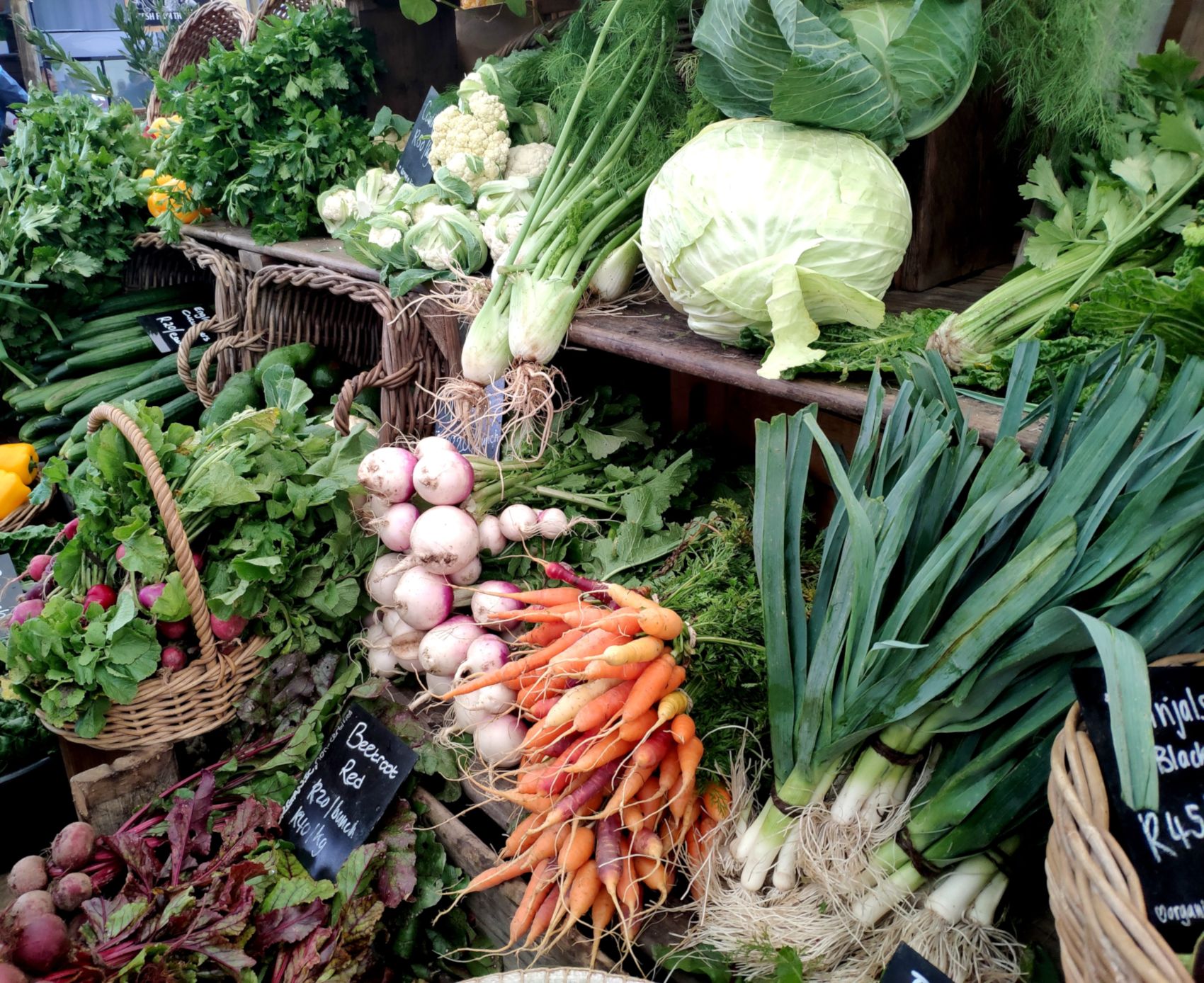Ayurveda seeks to create harmony through balance at an elemental level. The five elements (earth, water, fire, air, and space) are found in varying proportions in everything from plants to animals; these elements are interacting constantly. As we have discussed in my earlier
posts on the six tastes of Ayurveda, the elements form different tastes in both plant and animal foods and when combined mindfully, help to create inner balance. Earth and water create the sweet taste, earth and fire create sour taste, water and fire create salty tastes, fire and air create
pungent or spicy taste, air and space combine to make bitter tastes, and air and earth create astringent tastes.
Every taste corresponds to different elements and qualities which either bring elements into balance or push them into excess or deficiency. Having a firm understanding of the benefits and contraindications of each flavor coupled with self-knowledge of our own constitution helps
us to make better choices in food and drink. According to Ayurveda, what is good for one person may be harmful to another and should be avoided or rarely taken.
Like many people, when I began studying Ayurveda the astringent taste was elusive to me but since it has been given such importance in this system, I wanted to understand it better and seek out this rare flavor. Astringent is drying and cooling which causes the mucus membranes in the mouth to contract resulting in a dry, chalky, and often puckering sensation. Astringent quality is usually present in bitter foods and drinks making it difficult to distinguish between the two. The main quality of astringency is its drying nature that reduces excess moisture in tissues.
For vata dominant people or those with excessive vata, this would be unbalancing and can cause symptoms such as constipation, dry skin, dehydration, low hunger, weakened digestion, and disrupted sleep patterns. Pitta and kapha dominant people often benefit the most
with regular consumption of astringent tastes as it helps to both dry and cool tissues. Everyone can benefit from a little astringency to tone and balance tissues, temperature, and moisture.
Keep in mind seasonal eating; summers are hotter and either dry or humid depending on location. More astringent and bitter foods can be beneficial at this time of year. Still not sure what foods are astringent? Anything with tannins, such as tea and wine, will have a dominant
astringent (and bitter) quality. Other examples of astringent foods are green and black teas, aloe vera juice, legumes, pomegranates, cranberries, turnips, artichokes, and rutabaga. Radishes, fresh sprouts, citrus peels, and herbs such as turmeric, fennel, bay leaf, and parsley all have astringent qualities as well.
Since this flavor has such a drying and cooling quality it often shows up along with bitter, a little goes a long way. Citrus zest over cooked food, a sprinkle of parsley, or a couple bay leaves in soup are all easy ways to introduce this flavor. In fact, you are probably already getting it in your
foods. This is the gift of Ayurvedic nutrition, our food becomes our medicine when we become a little more attune to the nature of foods and our own unique constitution. I invite you to try some of the recipes from previous posts that highlight the astringent tastes. One last tip from a seasoned chef and Ayurvedic practitioner: always zest your citrus before cutting into it, and then sprinkle a little over your dishes just before enjoying.













